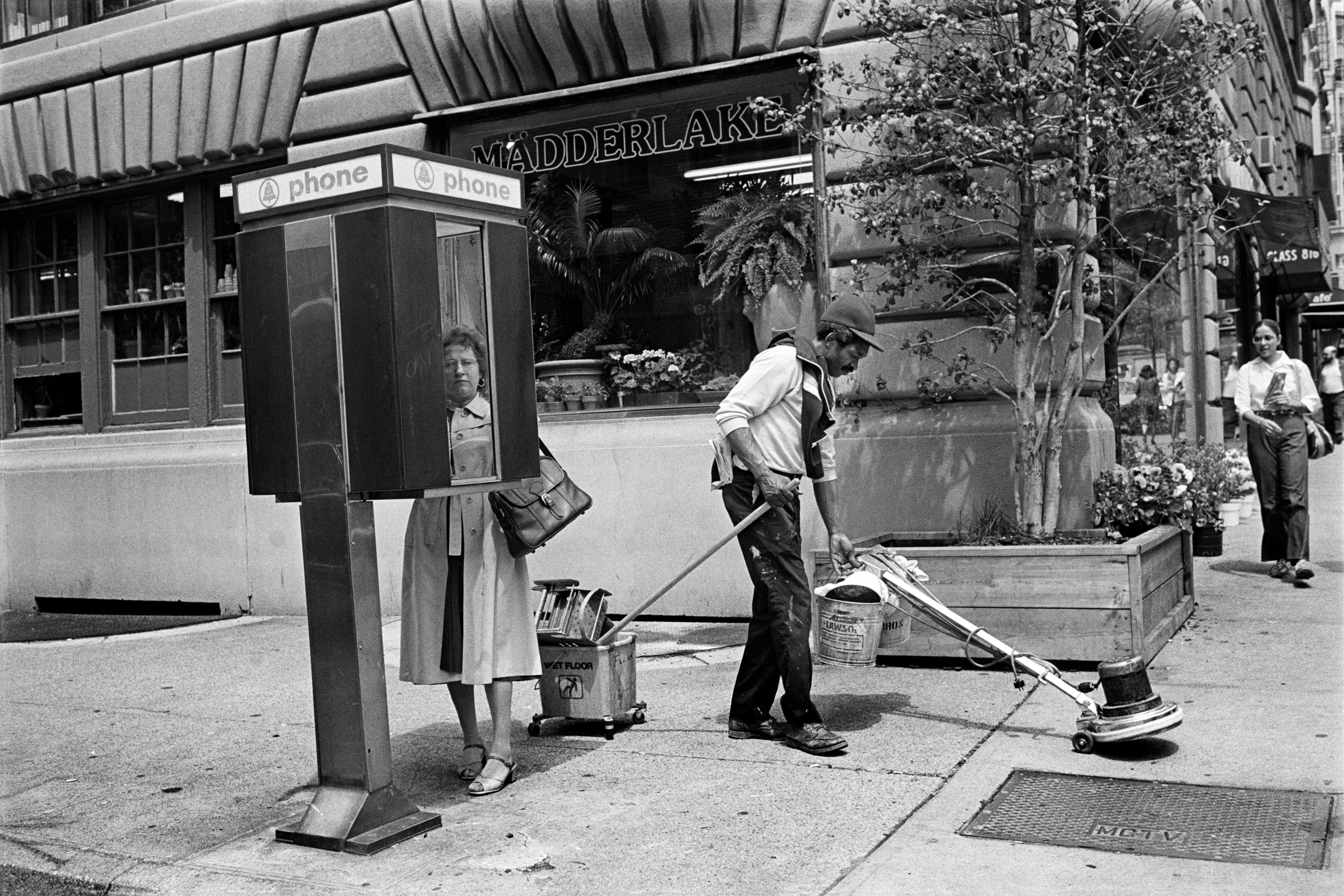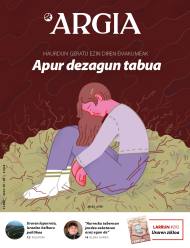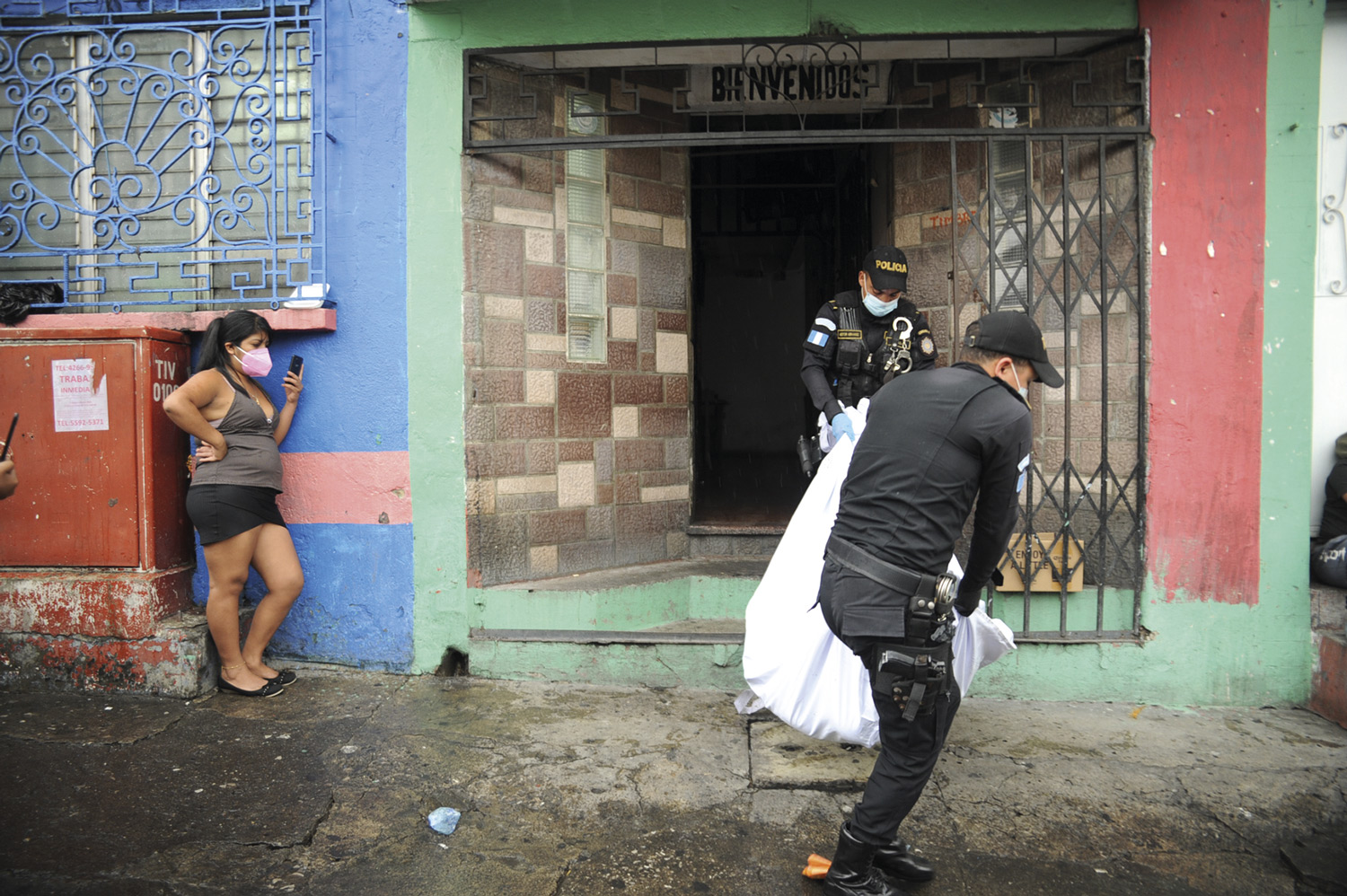Photographer from a single cliska
- On the stairs of access to the Hotel Maria Cristina in San Sebastian, dozens of photographers are beaten loaded with covers with photo and video cameras, lenses and lenses. Only one woman appears at the centre of the group. She carries her hair loose and is the only one without a camera. The author of this group photo is filmmaker Roman Polanski, who photographed photographers accredited at the 1988 San Sebastian Film Festival for a moment exchanging roles. This image was taken with the Nikon F2-35mm camera by Isabel Azkarate and is an emblematic image that welcomes us to the exhibition of Artegun. Available until 26 February.

I must admit, albeit in a selfless way, that I did not know the work of Isabel Azkarate (San Sebastián, 1950), and that until I see the retrospective presented in the exhibition room Artegunea de Tabakalera did not know about that fertile photographer. Seeing the first pictures of the 1970s, I've realized the importance of the exhibition ahead of me, the quality and humanity of the photographs, and the curiosity and freedom of the artist behind the lens. I launched to visit the exhibition with excitement and passion to see for the first time what was unknown to me. In the project commissioned by Silvia Omedes over 300 photographs have been presented, most of them printed in black and white and framed in a subtle way. Nothing new about the route of the exhibition and the museography: all the magic is in the images hanging from the walls.
Azkarate decided to move very young to Barcelona to study photography. He specialized in performing documentary photography, portraying the sellers of markets and fairs held in the peripheral neighborhoods of the city. What was unusual interested him, what was in the suburbs, far from the canon, because what he was most interested in was how strange and strange he felt. In their photos there are many characters, individuals with something special, who can catch with their camera. He also often portrayed trapezists, humectants, dancers and clowns of circuses, outside the tent, supported in his roulotte, smiling, daring at nomadic and unstable life.
.jpg)
Life on the street moved to New
York to continue her education, where she studied in traditional schools. In Barcelona he consolidated the documentary style photography, but arrived in New York and his photograph acquired a more artistic style. He immersed himself in street photography or “street photography”, seal of the city, and portrayed with naturalness, freshness and speed the characters of the V Avenida, Central Park, East Village or China Town.
He spent a lot of time in the street and there he found the protagonists of his photographs. Many of them proudly posed to Azkarate because they knew that his uniqueness has caught the photographer’s attention. It’s great to see the window windows full of New York in the 1980s, to emote the commuting streets and to be able to penetrate night scenes. At the beginning of this decade, in the years before the onset of HIV, the festival and the splendor began to immerse themselves in the LGTBIQ+ circle, starring costumes, parades, dance and party in vibrant atmospheres. He managed to reflect very well the night atmosphere of the Bowery Street area, trapping his freedom and passion for life in an unbeatable way.
.jpg)
When he returned to Euskal Herria
from the United States, Azkarate was a very confident photographer, and began working as a photojournalist in the newspaper La voz de Euskadi, a project led by journalists. He was also the only woman in the work team and with his camera he perpetuated the darkest years of the political conflict in Euskal Herria. The infinite New York sky was often replaced by the asphalt of the Basque Country.
Although the route of the exhibition is quite perimeter, they have created a cell in the room to present the photographic series of the Basque conflict, a space of self-respect. They present, in line, the graphic documentation of the murders charged to both ETA and GAL, with the intention of presenting the two parties to the conflict as impartially as possible: The funerals threatened by the Civil Guard, the silhouettes of the corpses drawn with white clarion, the songs in memory of the warriors singing aloud raised by the fist, the coffins covered with red rose… These are photographs of great symbology in which Isabel Azkarate collected the testimony of a cruel part of the history that corresponds to the Basques.
Rooted in Euskal Herria, and after the newspaper La voz de Euskadi disappeared, he was the official photographer of the Provincial Council of Gipuzkoa for several years, portraying official acts, inaugurations or celebrations of the province. But Azkarate has the ability to take the focus of the central element and pose the nuances, the atypical gestures and the closest context to impregnate the photograph of humanity and humor. Among the photographs in the series, I found the photos of the carnivals of Lantz, the festivities of San Miguel de Oñati or the procession of Easter of Hondarribia particularly beautiful.

In many interviews I have
heard him say that he is not mythomaniac and has merit because he had the opportunity to portray figures such as Bette Davies, John Travolta or Harvey Keitel in his time as official photographer of the Festival. The cultural and artistic life of San Sebastian also perpetuated it very well, and in it we can see intimate and close family photographs of his friends Bixente Ameztoy, Rosa Valverde, Rafael Ruiz Balerdi or Olatz López Garmedia and Julian Schnabel. If something hit me, this was the photograph of the sculptor Iggy Pop, impregnated with sweat, and the series of photographs depicting the fans of the first row of concerts of Judas Priest. Azkarate himself said many times that on that front line where he stood was the magical moment he wanted to quickly catch a blink.
From the beginning I felt the need to face Azkarate, to know who was making those quick nonsense behind the lens, and at the end of the exhibition I found his collection of self-portraits in a video. In the mirrors, window displays and some reflections the photographer appears staring live, in his Nikon F2 in his hand, portraying a whole life, on a journey of time and this document, as could not be otherwise, has immediately led me to the huge project Self-portrait in the time of Esther Ferrer. The essence of Azkarate, composed of 175,000 objects, will be managed from now on by the Kutxa Photo Gallery to make known the artist’s high-value legacy and preserve it in the best way.














